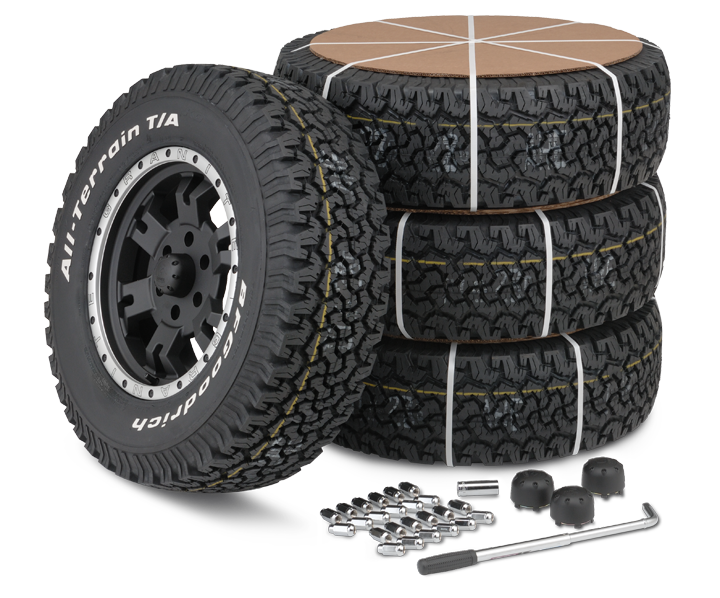Premium Tires Morris IL: Top Quality Products for All Makes and Models
Premium Tires Morris IL: Top Quality Products for All Makes and Models
Blog Article
Tire Service: The Impact of Climate Condition
When it comes to guaranteeing optimum performance and safety when driving, recognizing the influence of climate condition on tire solution is essential. From scorching warm to icy roadways, each weather condition component can considerably influence tire functionality and general driving experience. By diving into the effects of varying weather problems on tires, vehicle drivers can get valuable understandings that may improve their automobile's performance and long life. In this conversation, we will certainly check out the complex connection between weather and tire solution, clarifying the relevance of weather-specific tire upkeep methods and considerations.
Warmth and Tire Performance
When subjected to heats, tires experience changes in efficiency that can substantially influence automobile safety and handling. The warm generated from prolonged driving or heat conditions creates the tire rubber to soften, leading to minimized step life and enhanced wear. As the rubber comes to be softer, the tire's hold when traveling diminishes, influencing stopping ranges and general grip. In severe cases, excessive heat can also trigger tire blowouts, presenting a serious security danger to the car and its passengers.
Furthermore, high temperature levels can speed up the process of tire aging, triggering the rubber to wear away much more quickly. To minimize the effects of warm on tire performance, motorists must routinely examine their tire pressure, revolve tires to make sure even wear, and examine for any type of indications of damage.
Winter Impacts
Cold weather condition conditions can have a considerable impact on tire performance and security. In cold weather, tires may also lose air stress extra quickly, which can affect managing and gas effectiveness.
To reduce the effects of cool weather on tires, it is important to regularly inspect tire stress and inflate them to the supplier's advised levels. Making use of wintertime or all-season tires created for cold climate conditions can likewise boost traction and grasp on icy or snowy roads - morris tire and alignment. Proper tire upkeep, including routine evaluations for wear and damage, becomes much more essential during chillier months to make sure optimum efficiency and security
Rainy Issues Influence
Tires with damaged footsteps are much more prone to hydroplaning, where a layer of water develops up between the tire and the roadway surface area, leading to loss of traction. To battle this, motorists need to routinely evaluate their tires for sufficient tread deepness and consider investing in tires particularly developed for wet conditions.

Snow and Tire Safety
When driving in snowy conditions, having the right tires can make a substantial distinction in safety and efficiency. Winter tires are designed with unique rubber compounds and step patterns to supply far better traction on snow and ice compared to all-season tires.
In enhancement to making use of winter season tires, it is important to guarantee they are effectively blown up. Cold climate can cause tire pressure to drop, affecting grip and handling (mopar tire service specials). On a regular basis examining and keeping the right tire pressure is vital for optimal efficiency in snowy problems

Weather-Related Tire Upkeep
When confronted with various weather problems, appropriate tire maintenance becomes a crucial element of lorry security and performance. Weather-related tire upkeep incorporates an array of practices focused on guaranteeing optimal tire feature and discount tires morris il long life in various climate situations. One essential element of weather-related tire maintenance is tire stress policy. Fluctuating temperature levels can trigger tire pressure to differ, affecting grip and fuel performance. Regularly inspecting and adjusting tire pressure according to producer referrals is important for risk-free driving in changing weather. Additionally, tire step deepness plays a substantial role in handling different weather condition aspects. Tires with sufficient walk depth provide far better grasp on wet or icy roadways, decreasing the danger of hydroplaning or skidding. Inspecting tire step routinely and changing tires when tread wear gets to a specific depth is important for maintaining grip and stability in adverse climate. By focusing on weather-related tire upkeep, vehicle drivers can enhance security, enhance automobile performance, and extend the life-span of their tires.
Final Thought
In verdict, weather conditions have a significant effect on tire efficiency and security (morris tire and alignment). From warm affecting tire pressure and use to chilly weather minimizing traction, it is necessary to think about the climate when preserving and making use of tires.
In this conversation, we will certainly explore the complex partnership in between weather conditions and tire service, shedding light on the significance of weather-specific tire maintenance practices and factors to consider.

Report this page